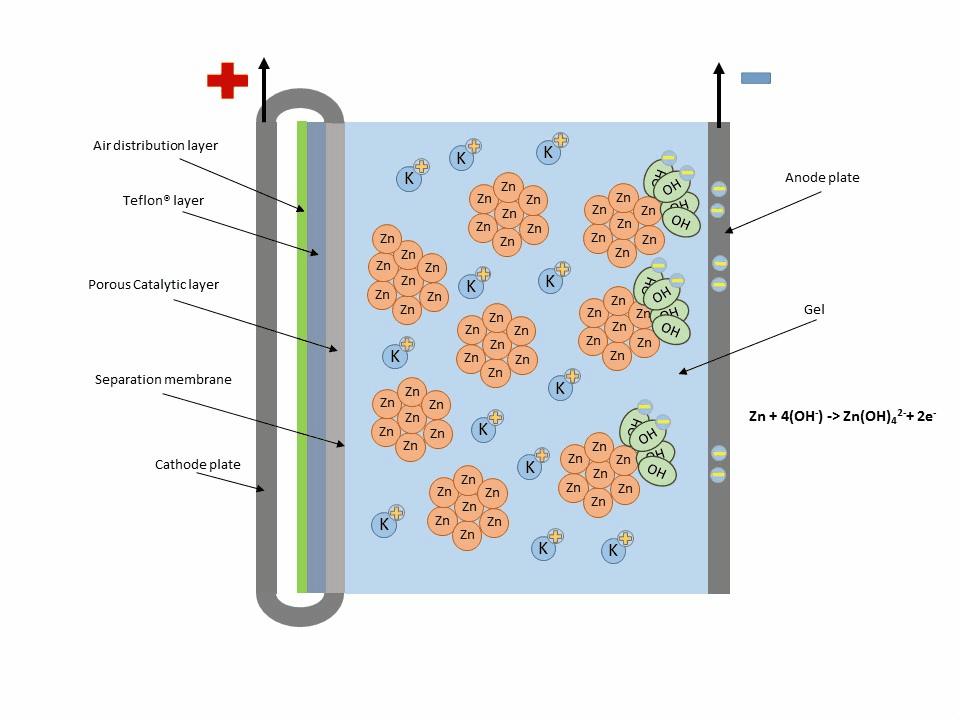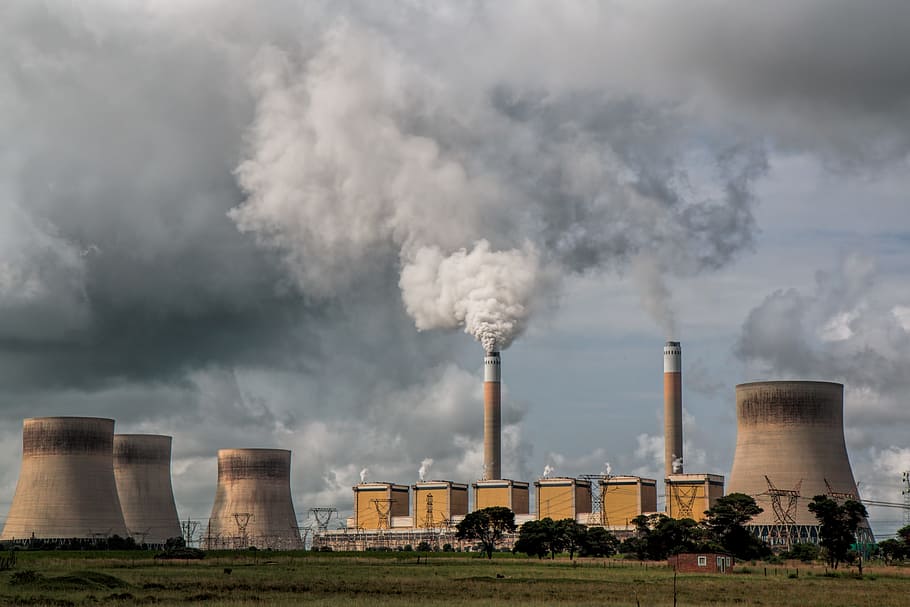Energy Definition
“Energy, it is the capacity of doing work.”
Joule:
In the SI unit, energy is measured in joules.
“One joule is equivalent to the work done by force of 1N acting over a 1m distance.”
Table of Energy Unit

What is the Law of Conservation of Energy?
Law of Conservation of energy

“The energy can’t be created or destroyed, but this could be transformed from one form to other form.”
Once it’s been transferred, energy is used as per its states. Hence, heat transfer may become thermal energy, while work done may happen in mechanical energy form and this principle is also known as 1st law of thermodynamics.

Energy Types:
What are the basic forms of energies ?
The two basic forms of energy are
Kinetic energy(K.E) is the energy of moving objects or forms of energy associated with motion.
Potential energy (P.E) is the energy possessed by a body by its position relative to others, stresses within itself, electric charge, and other factors.).
What are the Different types of energy?
The energy has been classified as follows.

Thermal Energy | Heat Energy.
This is form of energy basically generated from heat, more specifically this has been created from the vibration of molecule and atom of a material because of heat and if faster the atom vibrate or movement in between, then more energy it will possess and could be produced.
Mechanical Energy
To know about mechanical energy click here.
Motion Energy
Motion energy – is kind of energy where movement such as wind, tidal and river water movement contains energy and could be for power productions . The most common examples of Motion energy are wind flow, a flowing river, a running car, etc. It is one type of mechanical energy.
Electrical Energy
Electric energy is the motion of electrons (that the very small particles which cosmetics molecules, together with protons and neutrons). Are known as electricity. Lightning is just another illustration of energy.
Sound Energy
Sound energy is the movement of energy via substances. The sound vibrations cause waves of stress that traveling through a medium, for example, air, water, wood, or metal.
It moves in waves and can be generated when an item or object vibrate is made by force. There’s usually less energy in noise than in different kinds of energy. Sound energy is a type of mechanical energy that can be heard.
Light Energy
Light energy is a kind of electromagnetic radiation, propagates as waves and these usually consists of photons that can be generated when the atoms of an object are heading upward and this light is one of the form of energy visible to your eye.
Chemical Energy
Chemical energy is the potential of a chemical substance (energy stored in the bonds of chemical compounds) to undergo a chemical reaction(Examples include batteries) to transform into other substances or heat energy, such reactions are called exothermic.

Elastic Energy
Elastic energy is one kind of P.E generally kept within a stretched elastic band or spring, which keeps elastic energy because of its stretching due to some applied external force, it may cause permanent deformation if applied force force more than elastic limit, otherwise this element will return to its actual position and energy will be released as elastic energy.
Nuclear Energy
Nuclear or Atomic energy is form of energies which released because of nuclear reaction, when the nuclei are fused together by fusion nuclear reactions (such as deuterium and tritium fused to helium) or brakeapart by nuclear fission reaction process (such as uranium fissioned to barium and krypton), and huge energy released during these process.

Gravitational Energy
This is one form of potential energy stored because of gravitational force – in other means, the potential energy stored by an object when it is kept in higher position in compared to a lower position.
Also Read:
- How to calculate energy in an ion drive
- Absorption of energy examples
- How to find energy consumed
- Does height affect potential energy
- Light energy light energy examples and uses
- How to find binding energy of alpha particle
- Uses of mechanical energy
- How to find energy of 1 mole of photons
- Why is energy crucial in artificial intelligence
- Kinetic energy to gravitational energy

I am Subrata, Ph.D. in Engineering, more specifically interested in Nuclear and Energy science related domains. I have multi-domain experience starting from Service Engineer for electronics drives and micro-controller to specialized R&D work. I have worked on various projects, including nuclear fission, fusion to solar photovoltaics, heater design, and other projects. I have a keen interest in the science domain, energy, electronics and instrumentation, and industrial automation, primarily because of the wide range of stimulating problems inherited to this field, and every day it’s changing with industrial demand. Our aim here is to exemplify these unconventional, complex science subjects in an easy and understandable to the point manner.
